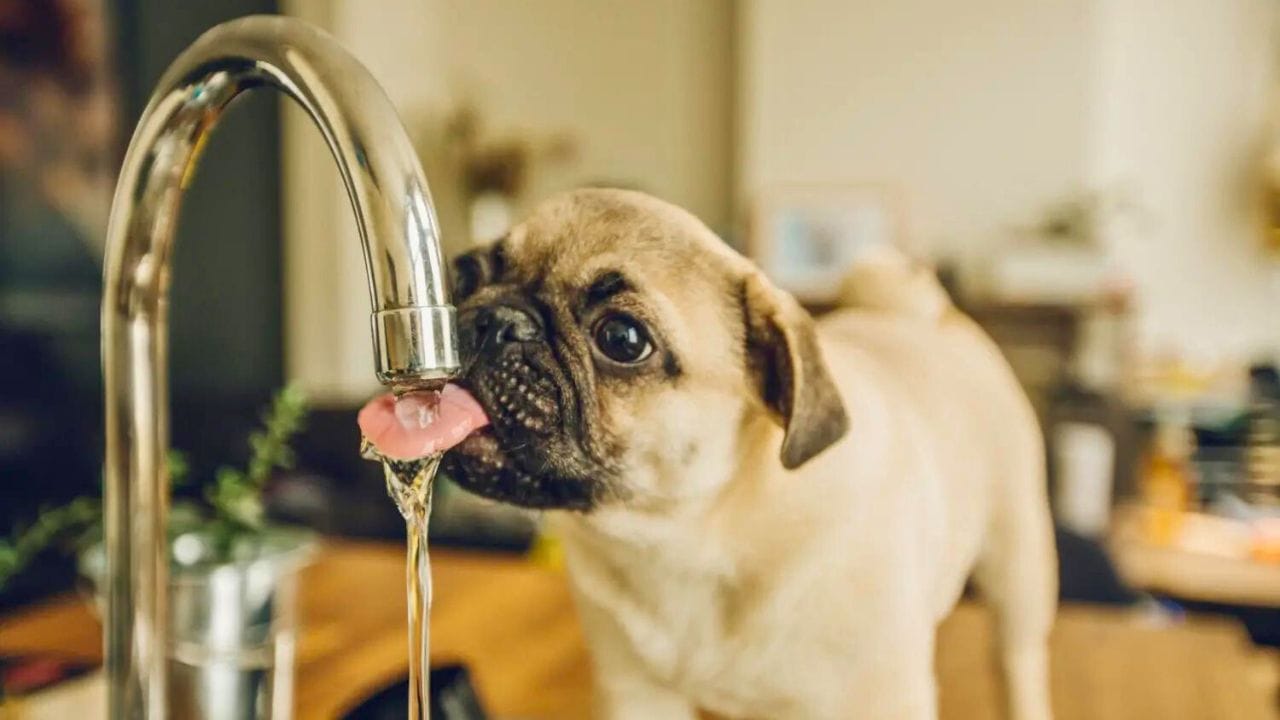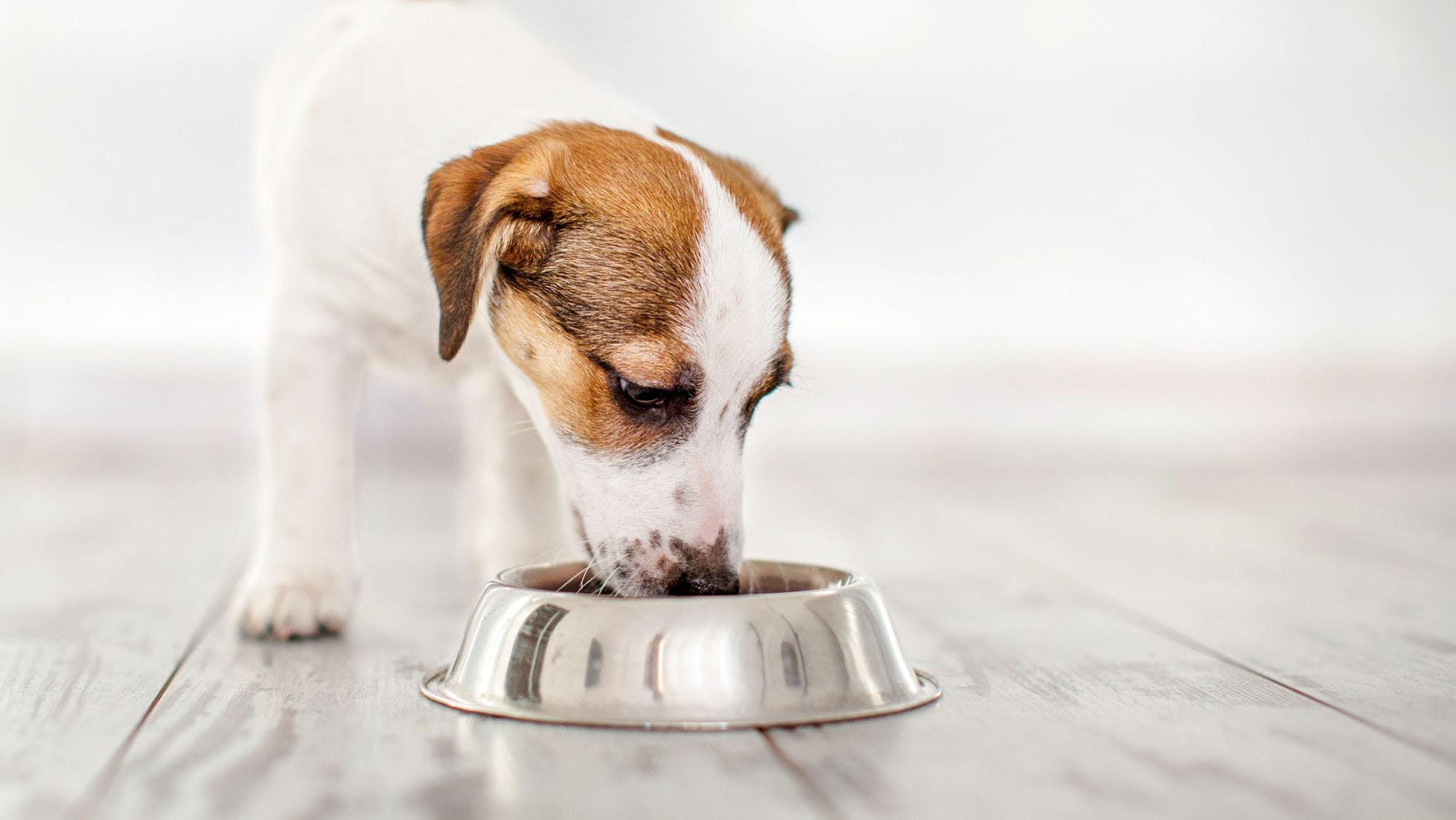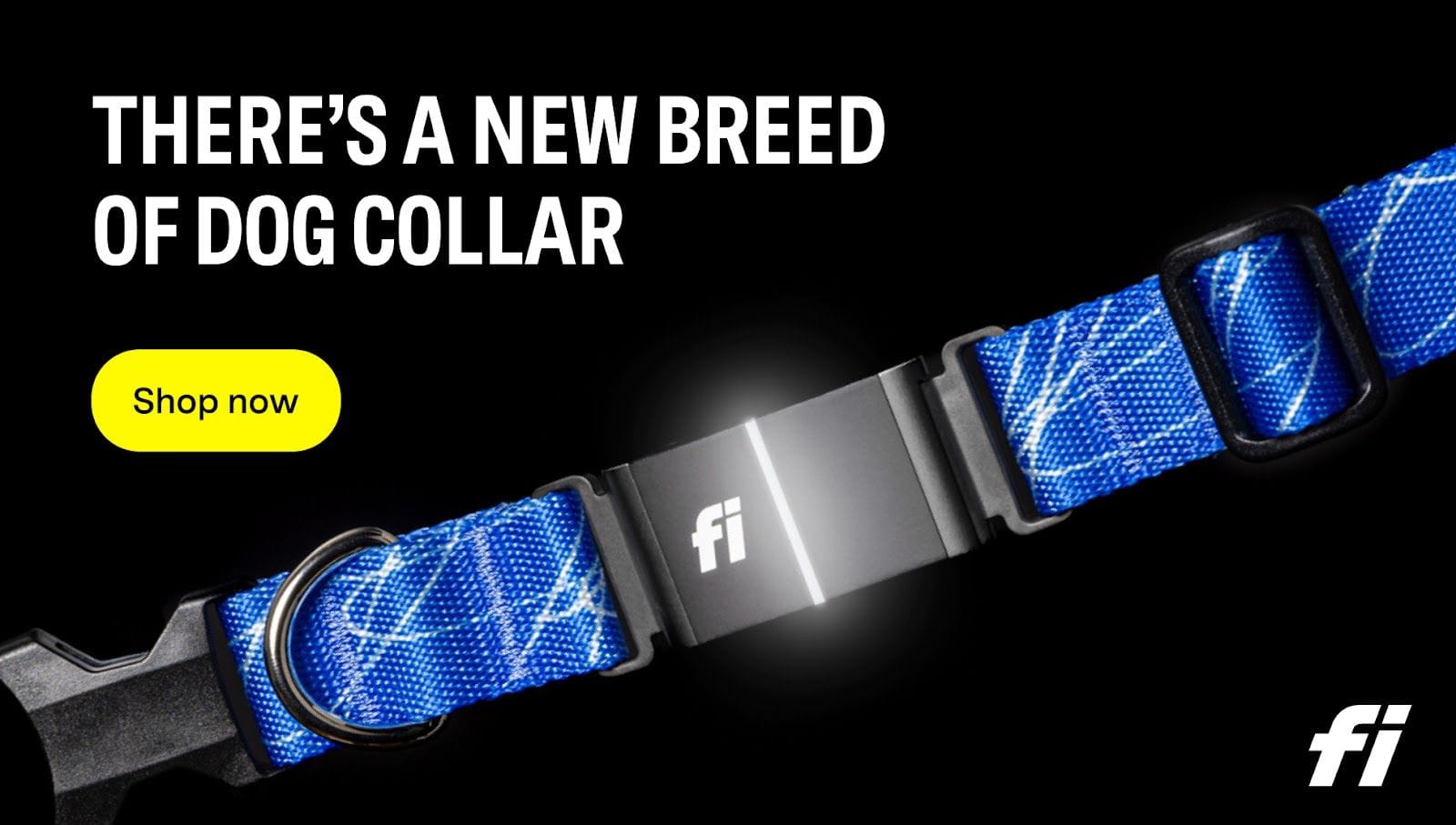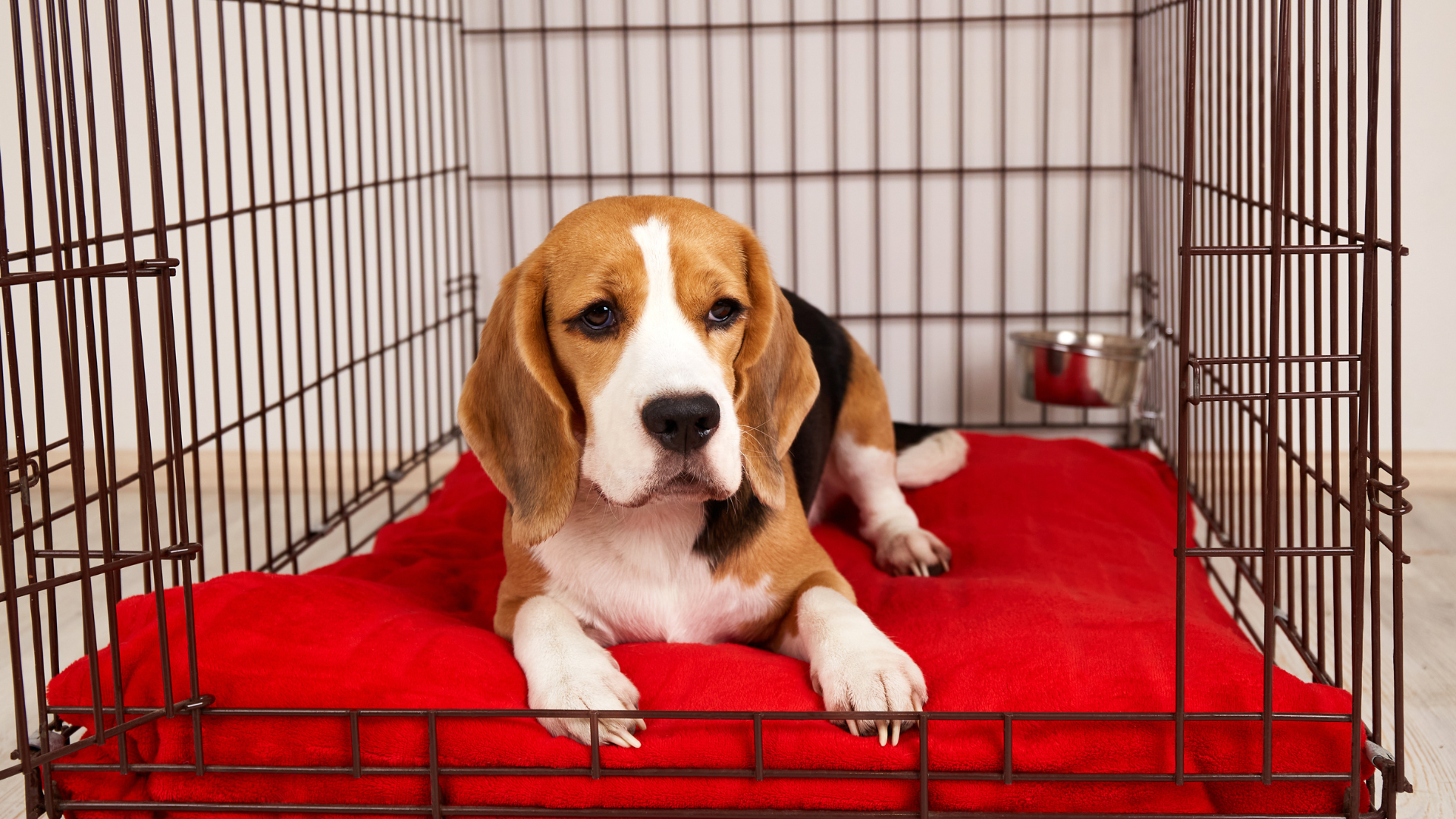Many dog owners may not realize that their furry friend is not drinking enough water. This can lead to dehydration and other health issues. It is important for dogs to stay hydrated, especially during hot weather or after exercise. So, how can you get your dog to drink more water?

One simple solution is to add flavor to their water. Dogs may be more inclined to drink water that has a hint of chicken or beef broth. However, it is important to make sure that the broth does not contain any harmful ingredients such as onions or garlic. Another option is to add a small amount of low-sodium chicken or beef broth to their dry food to encourage them to drink more water.
Understanding Dog Hydration
Importance of Water for Dogs
Water is a crucial element of a dog's diet and overall health. Just like humans, dogs need water to survive, and they need to drink enough of it to maintain their bodily functions. Water helps regulate body temperature, transport nutrients, and remove waste from the body.
Dogs require a certain amount of water each day, depending on their size, activity level, and overall health. As a general rule of thumb, dogs should drink about an ounce of water per pound of body weight each day. For example, a 50-pound dog should drink around 50 ounces of water daily.
Signs of Dehydration in Dogs
Dehydration in dogs occurs when they lose more water than they take in. It can be caused by a variety of factors, such as heatstroke, illness, or not drinking enough water. Dehydration can lead to serious health problems, such as kidney failure, so it's important to recognize the signs.
Some common signs of dehydration in dogs include dry mouth and gums, sunken eyes, lethargy, loss of appetite, and dark urine. If you suspect your dog is dehydrated, it's important to offer them water and seek veterinary care if necessary.
To encourage your dog to drink more water, make sure they always have access to fresh, clean water. Consider adding a water fountain or changing the location of their water bowl. You can also add water to their food or offer them water-rich treats, such as watermelon or cucumber.

In conclusion, understanding the importance of water for dogs and recognizing the signs of dehydration are crucial for maintaining your dog's health. By providing them with enough water and encouraging them to drink more, you can help ensure they stay happy and hydrated.
Assessing Your Dog's Water Intake
Ensuring adequate water intake is crucial for your dog's overall health and well-being. However, some dogs may not drink enough water, which can lead to dehydration and other health problems. Here are some tips for assessing your dog's water intake:
Calculating Adequate Water Intake
The amount of water your dog needs depends on several factors, including their body weight, activity level, and the temperature and humidity of their environment. As a general rule, dogs should drink about one ounce of water per pound of body weight per day. For example, a 50-pound dog should drink at least 50 ounces of water per day.
However, this is just a guideline, and some dogs may need more or less water depending on their individual needs. If your dog is very active or lives in a hot, dry climate, they may need more water to stay hydrated. On the other hand, if your dog is less active or lives in a cooler environment, they may need less water.
Monitoring Water Bowl Levels
One way to assess your dog's water intake is to monitor the water bowl levels throughout the day. Make sure your dog always has access to fresh, clean water, and refill the bowl as needed. If you notice that your dog is not drinking as much water as usual, try adding some flavor to the water, such as a low-sodium broth or a small amount of tuna juice.
You can also try offering your dog water in different types of bowls, such as a stainless steel or ceramic bowl, to see if they prefer a certain type of bowl. Some dogs may be reluctant to drink from a plastic bowl, as the plastic can absorb odors and flavors over time.
By assessing your dog's water intake and making changes as needed, you can help ensure that they stay hydrated and healthy.
Improving Water Quality and Accessibility
Providing Fresh, Clean Water
One of the most important things to ensure when trying to get a dog to drink more water is providing fresh, clean water. Dogs are sensitive to the taste and smell of water, and if their water bowl is not clean, they may avoid drinking from it. It is recommended to clean the water bowl daily and to change the water at least once a day. This will ensure that the water is fresh and clean, and will encourage the dog to drink more.
Using Multiple Water Bowls
Another way to encourage a dog to drink more water is to provide multiple water bowls. This is especially important if the dog spends time in different areas of the house or outside. By having water available in multiple locations, it will be easier for the dog to access water when they need it. It is important to ensure that all water bowls are clean and filled with fresh water.
Choosing the Right Water Bowl
The type of water bowl used can also affect a dog's willingness to drink water. Some dogs prefer drinking from ceramic or stainless steel bowls, while others prefer plastic bowls. It is important to choose a bowl that is the right size for the dog and is easy for them to drink from. Additionally, some dogs prefer drinking from a fountain-style water bowl, which can help keep the water fresh and oxygenated.

By providing fresh, clean water in multiple bowls that are the right size and type, owners can encourage their dogs to drink more water and ensure that they have constant access to water throughout the day.
Enhancing Water Appeal
Dogs need to drink plenty of water to stay hydrated and healthy. However, some dogs may be picky about their water source or simply not drink enough water. Here are some tips to enhance the appeal of water to your furry friend.
Flavoring the Water
Flavored water can be a great way to entice your dog to drink more water. You can add a small amount of low-sodium chicken or beef broth to the water to give it a savory taste. Alternatively, you can add a few pieces of fruit, such as watermelon or apple, to the water to give it a sweet taste. Just make sure to avoid using any fruits that are toxic to dogs, such as grapes or raisins.
Using Water Fountains and Pet Fountains
Dogs are attracted to moving water, so using a water fountain or pet fountain can be a great way to encourage them to drink more water. These fountains provide a constant flow of fresh water, which can be more appealing to dogs than stagnant water in a bowl. Additionally, some fountains come with filters that remove impurities and improve the taste of the water.
Temperature and Presentation of Water
Some dogs may prefer cold water, while others may prefer room temperature water. Experiment with different temperatures to see what your dog prefers. Additionally, the presentation of water can make a difference. Some dogs may prefer drinking from a bowl, while others may prefer drinking from a water bottle or a hose. Try different methods to see what your dog likes best.
In summary, there are several ways to enhance the appeal of water to your dog. By adding flavor, using a water fountain, and experimenting with temperature and presentation, you can encourage your furry friend to drink more water and stay hydrated.
Encouraging Drinking Through Diet
Dogs, just like humans, require an adequate amount of water to stay hydrated and healthy. However, some dogs may not be fond of drinking water, which can lead to dehydration and other health problems. One way to encourage your dog to drink more water is by incorporating certain foods into their diet.

Incorporating Wet Foods
Wet dog food, also known as canned dog food, is a great way to add moisture to your dog's diet. This type of food contains a high percentage of water, which can help keep your dog hydrated. Additionally, wet food is often more palatable than dry kibble, which can encourage your dog to eat more and therefore drink more water.
Using Broths and Stocks
Broths and stocks, such as chicken stock or bone broth, can also be added to your dog's diet to encourage drinking. These liquids are not only flavorful but also contain essential nutrients that can benefit your dog's health. Additionally, broths and stocks can be added to dry kibble to make it more appealing and easier for your dog to eat.
Incorporating wet foods and using broths and stocks are just a few ways to encourage your dog to drink more water. Remember to always provide fresh, clean water for your dog and monitor their water intake to ensure they are staying hydrated.
Addressing Health Concerns
Dehydration in dogs can be caused by a variety of health issues. It is important to address any underlying health concerns that may be contributing to your dog's lack of water intake.
Identifying Illness-Related Dehydration
If your dog is sick and experiencing symptoms such as vomiting, diarrhea, nausea, pain, or loss of appetite, they may be at risk for dehydration. It is important to monitor their water intake closely and encourage them to drink more water.
Consulting a Veterinarian
If you suspect that your dog is dehydrated or has an underlying health issue, it is important to consult with a veterinarian. They can perform a physical examination and recommend any necessary tests or treatments. Your veterinarian may also be able to provide you with tips on how to encourage your dog to drink more water.
In some cases, your veterinarian may recommend switching to a wet food diet or adding water to your dog's food to increase their water intake. They may also recommend adding flavorings to your dog's water or using a water fountain to make drinking more appealing.
Overall, it is important to address any health concerns that may be contributing to your dog's lack of water intake. By working with your veterinarian and monitoring your dog's water intake, you can help ensure that they stay healthy and hydrated.
Adapting to Environmental Factors
Dogs are highly adaptable creatures, but sometimes they need a little help to adjust to their environment. When it comes to drinking water, environmental factors such as exercise, activity level, and hot weather can all play a role in how much water your dog needs. Here are some tips to help your dog adapt to these factors and stay hydrated.
Adjusting for Exercise and Activity
Dogs that are more active or exercise regularly will naturally need more water than those that are less active. It's important to make sure your dog has access to water before, during, and after exercise. If you're going on a long walk or run with your dog, consider bringing a collapsible water bowl and a bottle of water with you. This way, you can offer your dog water whenever they need it.

Managing Hydration on Hot Days
Dogs can quickly become dehydrated on hot days, especially if they're spending a lot of time outside. Signs of dehydration include lethargy, dry nose and gums, and sunken eyes. To prevent dehydration, make sure your dog has access to plenty of fresh, cool water throughout the day. You can also try adding ice cubes to your dog's water bowl to help keep the water cool.
If you're going to be outside with your dog on a hot day, make sure you take breaks in the shade and offer your dog water frequently. You can also wet your dog's fur with cool water to help lower their body temperature.
By adapting to environmental factors and providing your dog with plenty of water, you can help ensure that they stay hydrated and healthy.
Innovative Hydration Solutions
When it comes to getting a dog to drink more water, there are a variety of innovative solutions available. Here are a few options to consider:
Hydration Supplements and Alternatives
One way to encourage a dog to drink more water is by offering hydration supplements or alternatives. Pedialyte and Gatorade are two options that can help replenish electrolytes and provide hydration. However, it is important to note that these should be used in moderation and under the guidance of a veterinarian.
Another alternative is to offer frozen treats made with water and other ingredients like fruit or yogurt. These can be a refreshing way to provide hydration and can also be a fun treat for dogs.
Interactive Toys and Treats
Interactive toys and treats can also be a great way to encourage a dog to drink more water. Some toys are designed to dispense water as the dog plays with them, while others can be filled with water and frozen for a refreshing treat.
Another option is to add water to a dog's food or use wet food instead of dry kibble. This can help increase a dog's overall water intake and provide added hydration.
Overall, there are a variety of innovative solutions available to help encourage a dog to drink more water. It is important to consult with a veterinarian to determine the best approach for your individual dog's needs.
Conclusion
In conclusion, there are several ways to encourage a dog to drink more water. It is important to keep in mind that each dog is unique and may require different approaches to increase their water intake.
Some effective methods include providing fresh and clean water at all times, adding flavor to the water with low-sodium chicken or beef broth, using a water fountain or adding ice cubes to the water bowl to make it more appealing.
It is also important to monitor a dog's water intake and consult a veterinarian if there are any concerns about dehydration or other health issues. By following these tips, owners can help ensure their furry friends stay hydrated and healthy.

